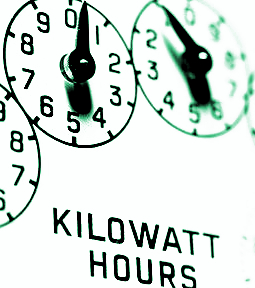AEMC foresees bill drop
 Authorities say household electricity bills are trending down.
Authorities say household electricity bills are trending down.
The Australian Energy Market Commission’s Residential electricity price trends report 2021 says households can expect to pay around $77 less (or 6 per cent) for electricity in 2024 than they do today, as cheaper renewable energy flows to consumers, reducing prices to their lowest levels since 2017.
The report also finds that lower wholesale costs and reduced environmental costs in most regions are continuing to drive overall prices down.
Based on current trends, prices per kilowatt hour are likely to be under 26c p/kWh by June 2024, the first time since 2016/17.
“This illustrates how integrating renewables in a smart way makes it possible to have both lower emissions and lower costs for consumers,” AEMC Chair Anna Collyer said.
“We can now see far enough into the future to be confident that power prices paid by consumers will continue to trend downwards over the next three years, despite the staged exit of Liddell power station in 2022 and 2023, one of the biggest coal-fired generators in the national electricity market.
“But while wholesale costs and environmental costs are trending lower, we are starting to see increases in the cost of network investments, and this is likely to accelerate over the next decade as more network investment is required to connect dispersed new generation to the grid.
“There are also regional differences across states and territories in the national electricity market that will affect price outcomes. And what energy offer you have, how much you use and whether you also have solar or gas will also affect your bill.”
Ms Collyer said the report shows that prices are expected to fall slightly in FY21/22, increase by around $20 a year in FY22/23 as the Liddell coal-fired power station exits the system, and then fall again as lost capacity is replaced by a combination of solar, wind, gas and batteries.
“While we have just under 2,500MW of generation expected to exit the grid over the next three years, there are almost 5,500MW of committed new large-scale generation and storage projects coming online over the same time period,” Ms Collyer said.
“This is in addition to 4,130 MW of new rooftop solar PV capacity, which will also influence prices by lowering demand and through exports.”
“This diversity of generation and storage puts us in a strong position to manage the forecast retirement of Liddell in NSW and the closure of gas fired generators in SA and Qld.
“Understanding what’s driving prices highlights the importance of being smart in how we connect resources to the grid and ensure the back-up needed for a secure supply, so the benefits of low cost and low emission generation aren’t eroded.”







 Print
Print